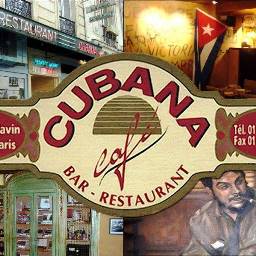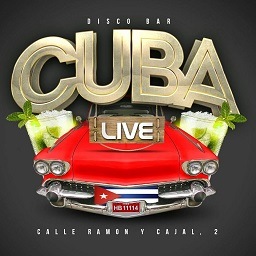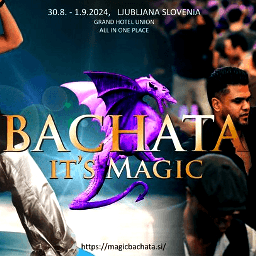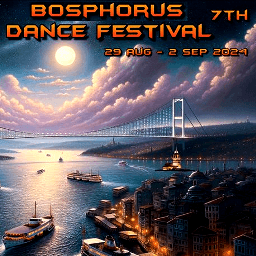It originated in the ancient Mandinga Empire, approximately between the towns of Bamako (Mali) and Kankan (Guinea), from where it later migrated to Senegal, Ivory Coast and Burkina Faso, forming an integral part of the music and traditions of the area.
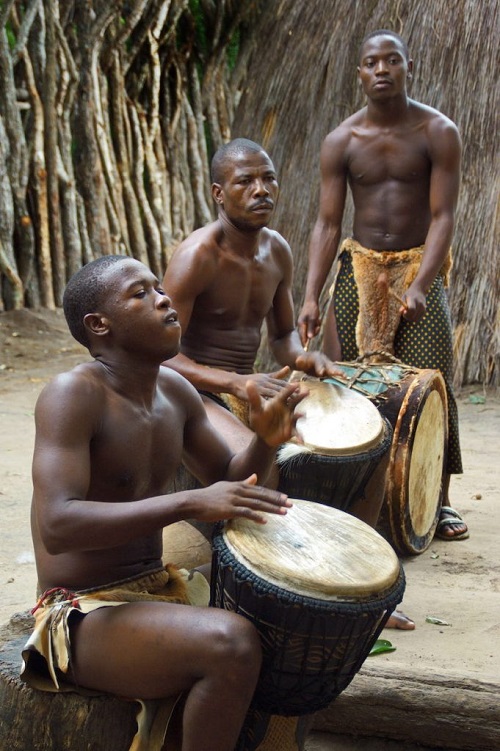
It is believed that this migration was due to the Numu, who were (and still are) blacksmiths [[professionals considered guardians of certain powers.
They were in charge of making the Komo masks, performing circumcision and ablation of adolescents to mark their passage to adulthood, as well as sculpting and playing the yembes.
As a result of differences in shape, wood density, internal engravings and skin, there is a wide range of tones that can be emitted by the yembe.
Striking the skin near the center produces lower notes, striking it near the edge.
It is struck with the fingers together and stretched, but without leaving them glued to the drumhead, so that the sound comes out.
On the other hand, to produce the highest pitched sound, the slap is used.
The palm of the hand is slightly curved and the membrane is hit with the fingertips.
It is estimated that the djembe was invented approximately 3000 years ago by the African Maninka tribe, who used it as a ceremonial instrument.
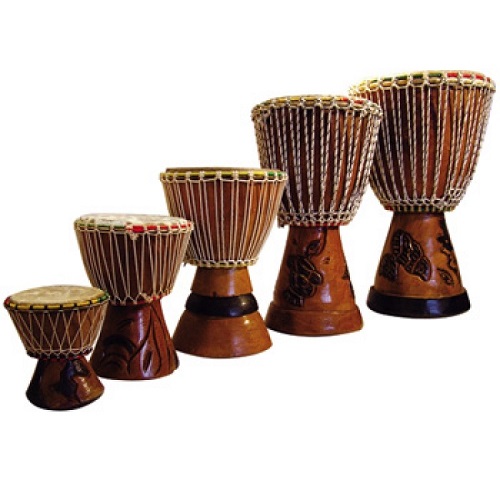
The word yembé comes from the Bambara language and means together in peace.
Membranophones are musical instruments that produce sound through the vibration of a taut membrane or drumhead.
The membranes can be made of animal skin or synthetic material and the instruments can be mounted on wooden cylinders, ceramic vessels or gourds.
Membranophones can be played by percussion or rubbing and can have one or two membranes, closed or open bottoms.
Some examples of membranophones are:
– Bombo: A direct hit membranophone whose sound is extracted by striking it with a wooden striker.
– Snare: A membranophone instrument
– Drum: A percussion instrument with a resonance box, which is usually cylindrical, and a membrane called a drumhead that covers the opening of the box.
– Zambomba: A friction drum.
– Cuica: A friction drum
– Juque: A Costa Rican instrument that is a friction drum
– Mirlitón: A blown membranophone instrument.
Membranophone Africa This percussion instrument is of African origin, but its antecedents are Asian (Japan and China) places where it is widely spread and is known with the names “Kelontonga” and also known as “Den-Den Daiko”.

Membranophones. The membranophones produce the sound by means of the vibration of a tensed membrane. The vibration of this membrane can be provoked by hitting it, rubbing it or by voice (humming).
The castanets or “palillos” are a percussion instrument created by the Phoenicians three thousand years ago.
The oldest instrument is the flute, invented by Homo habilis in the Paleolithic and made of bird bone and mammoth ivory, this instrument is about 42 000 years old.
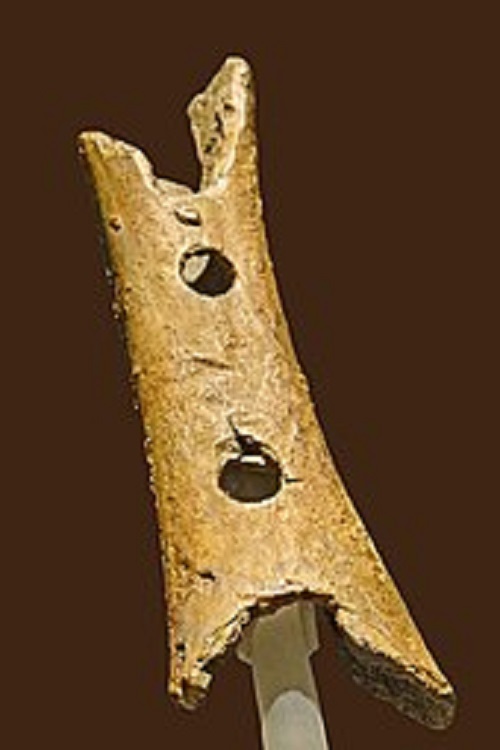
The Divje Babe flute is the oldest instrument in the world and is currently in the National Museum of Slovenia.
Alex Acuna Special Edition Djembe.
The combination of Asian Oak shell, Remo Skyndeep Natural head and premium Gon Bops hardware produces massive bass and impressive volume on Alex Acuna’s Signature 14″ Djembe.
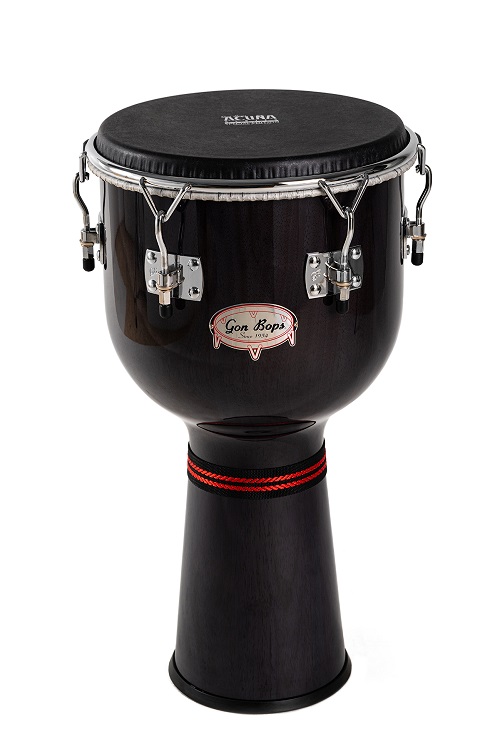
Source: Gon Bops
Also Read: Orestes Vilató es una de las figuras más influyentes en el mundo de la percusión Latina






















